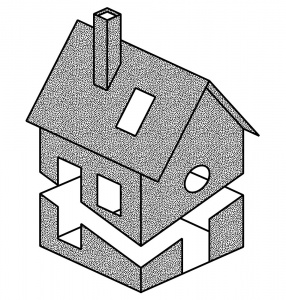Home at Last
A debate opening the festival
A discussion with the creators of this year's festival. The housing exhibition was prepared by an interdisciplinary group of researchers and consultants. It included architects, sociologists, anthropologists, architecture critics and artists.
“We are home at last. Don't stop, don't wait. What can you do? Help!” - those words, proclaimed by famous actors could be heard from TV sets in the early time of the Tadeusz Mazowiecki government. It was a time the Balcerowicz plan was being introduced. The statement quoted above was supposed to illustrate the breaking down of the wall between the government (them) and the society (us) - capitalist wealth would be built together.
Finally. We were impatient. After years of waiting for an allocated flat in a communist state, living in cramped apartments, surrounded by defects of mass-manufactured concrete slabs, we'd had enough. We'd also had enough of each other, the crowding, the social mixture, the annoying, acoustic presence of others.
On our own... So we bought land, put concrete fences around it, we had neighbors who were just like us. We took a mortgage in that currency or - not without consequences - another. We bought the furniture we liked, according to our aspirations, status and cultural norms. We sat down on the couch.
But in the meantime we lost the first part of the slogan: We replaced “We are” with “I am”, or maybe even with “I have”.
But do we really have a home? Can a mortgaged house really be called your own? Why does owning it often mean connecting to the global financial system? Why can it mean uncertainty and fear? Why did private property become such a straightforward determinant of success, taking a mortgage a measure of civic maturity? What mechanisms worked in the construction of the middle class: what materials was it built from, what practices and dreams did its interiors come from?

